The Ayurvedic Massage – Pampering for Mind and Body
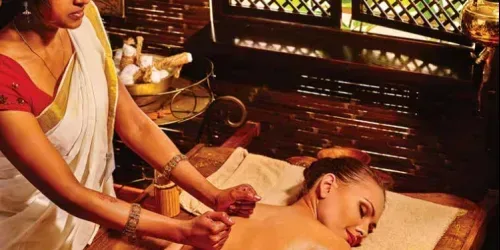
Indulgence for the senses and balance for the mind
What can be more pleasant than giving yourself an hour of complete sensory and mental relaxation? Massage has been a “friend” of humans since birth. In Ayurvedic tradition, massage plays an extremely important role, both in preventing illnesses and maintaining good health. Ayurvedic massage treats not only the body but also the nervous system, nourishing all cells and tissues, as well as the mind.
Principles of Ayurvedic massage
Indian Ayurvedic massage is based on a series of manipulations, combined with the application of medicinal oils, different for each constitutional type, according to the indications of Ayurvedic medicine. The main purpose is to rebalance any energetic issues.
The benefits of Ayurvedic massage
Massage acts on the spine, muscles, blood vessels, nerves, joints, and bones. The rubbing of the body stimulates the production of antibodies and strengthens the seven vital tissues. Antibodies strengthen the immune system, while oils fortify the nerves.
The role of massage in beautification
Viewed as a beauty treatment, this massage enhances the beauty and radiance of the skin, promoting good nourishment of all skin layers.
Ayurvedic massage is based on the belief that every human being has a “dosha,” representing a blend of energies from the five elements: water, fire, earth, air, and ether.
Each individual has different proportions of doshas, reflected in different preferences, aversions, tendencies, and emotional behaviors.
The proportions of the three doshas determine the fundamental constitution of an individual. The basic constitution remains unchanged throughout life and is considered to have a genetic origin.
All individuals represent a combination of the three doshas, with a predominance of one or two doshas.
The three doshas: Vata, Pitta, Kapha
The three doshas are: Vata, Pitta, Kapha.
Vata
Individuals with a predominant Vata dosha have thin, dry, dark-colored skin, thin, coarse, or wavy hair, an elongated and bony face. The neck is thin and weak, the eyes small and sunken or deep-set, usually gray or dark brown in color, the mouth small with thin lips, and irregular teeth.
Pitta
Individuals with a predominant Pitta dosha have fair, soft, glowing, and warm skin, with a tendency to burn easily in the sun, often covered with freckles and moles. The hair is very thin and soft, blond or reddish in color. The face has a heart shape, a sharp chin, a medium-sized neck, blue or light gray eyes, and a medium-sized mouth with normal lip thickness.
Kapha
Individuals with a predominant Kapha dosha have thick, oily, pale, white, and cold skin. The hair is thick and dense, wavy, with pronounced luster, usually brown. The face is large, round, and full. The neck is strong, resembling a tree trunk. The nose is large and round, the eyes beautiful and blue, and the lips plump.
Learning the process of identifying a patient’s constitution is fundamental for performing a true therapeutic massage. Identifying the physical constitution allows not only the use of appropriate oils, manipulations, and pressures but also helps in the comprehensive care of the patient, addressing their physical, mental, emotional, and spiritual well-being in the most suitable manner.
The benefits of Ayurvedic massage listed in the Indian tradition
In the Indian tradition, twelve main benefits derived from massage are listed:
– Massage with almond oil on the spine prevents aging.
– Massage, rubbing, and touching the muscles help eliminate accumulated fatigue and exhaustion.
– Massage eliminates excess Vata, gases from the stomach and intestines, and alleviates and prevents muscle pain caused by rheumatism.
– Massage performed on the foot arch, between the big toe and the second toe, on the spine, as well as on the head, improves vision.
– It improves physical resistance by enhancing the circulation of vital fluids.
– It improves the quality of life.
– It promotes sleep.
– It strengthens the skin tissue.
– It strengthens the immune system.
– It accelerates wound healing.
– It protects against potential imbalances of the three doshas.
– It improves skin color and resistance.
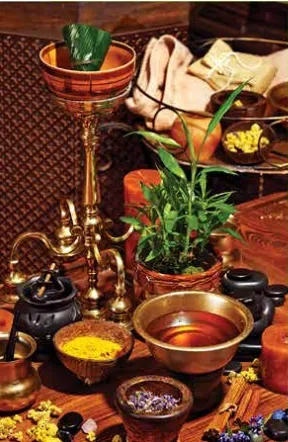
Contraindications and types of massage for each dosha
Depending on the health condition, there are individuals for whom this type of massage is contraindicated: heart diseases, phlebitis, inflammations, abscesses, bronchitis, pneumonia, indigestion. Additionally, pregnant women should avoid this massage.
Vata requires a gentle or firmer massage using warm oil.
Pitta needs a relaxing massage with cooling oil.
Kapha needs a deep massage with warm and dry oil.
Conclusion: Balancing through Ayurvedic massage
When receiving such a massage, it is important to understand these aspects and provide the body with what it needs to achieve balance and harmony. These elements do not always align with our personal preferences. However, we must consider that sometimes what we prefer (referring to pressure and maneuvers) may not necessarily be what our body needs to correct itself.
Simona Negrila
Cu bucurie pot spune, ca fac parte din categoria oamenilor fericiti pentru care profesia înseamna pasiune si vocatie. Înca de la începutul Facultatii de Kinetoterapie am fost mai mult atrasa de ideea de a aduce confort si relaxare în vietile oamenilor si astfel tehnicile de masaj au început sa ma fascineze. Dupa multe cursuri pe care le-am urmat în România (masaj suedez, drenaj limfatic, masaj japonez) am decis sa plec si sa-mi continui studiile în alte tari, pentru a aprofunda acest domeniu fascinant. Astfel au urmat câteva cursuri în Europa, si pot afirma ca experienta de la Academia spa Steiner Londra m-a ajutat enorm în evolutia mea ca terapeut. Odata finalizat acest curs am lucrat pe cele mai luxoase vase de croaziera - o experienta care mi-a schimbat viata. În acesta perioada am realizat, ca cel mai întelept lucru ar fi sa învat tehnicile de masaj direct de la sursa pentru a deveni un terapeut cât mai bun. Pentru a-mi urma visul am decis sa plec în Thailanda, unde am patruns în fascinanta lume a masajului thailandez si unde revin în fiecare an cu placere pentru a explora tainele aceastei tehnici. Au urmat multe alte calatorii: Bali - unde masajul balinez te rasfata din cap pâna în picioare, Laos - thai yoga masajul, Vietnam - masajul vietnamez al fetei. "Ador Asia pentru cultura lor, pentru masaj si tot ceea ce are de oferit! Traiesc zilnic sentimente de bucurie dupa fiecare sedinta de masaj stiind, ca am transmis o stare de bine."
Recent Posts
Related Articles
CrossFit exercises practiced outdoors or at home
Concentration and discipline are indispensable for succeeding in any training program, regardless...
July 27, 2023Health guide for “ageless” women
Discover the Benefits of Physical Exercise and the Best Types of Training...
July 27, 2023Home-Based Pregnancy Workout in Comfort
The Benefits of Prenatal Home Workout The way we interact with people...
July 10, 2023Supplementation with Vitamins and Minerals
Essential nutrients for the body The macronutrients and micronutrients are essential for...
July 10, 2023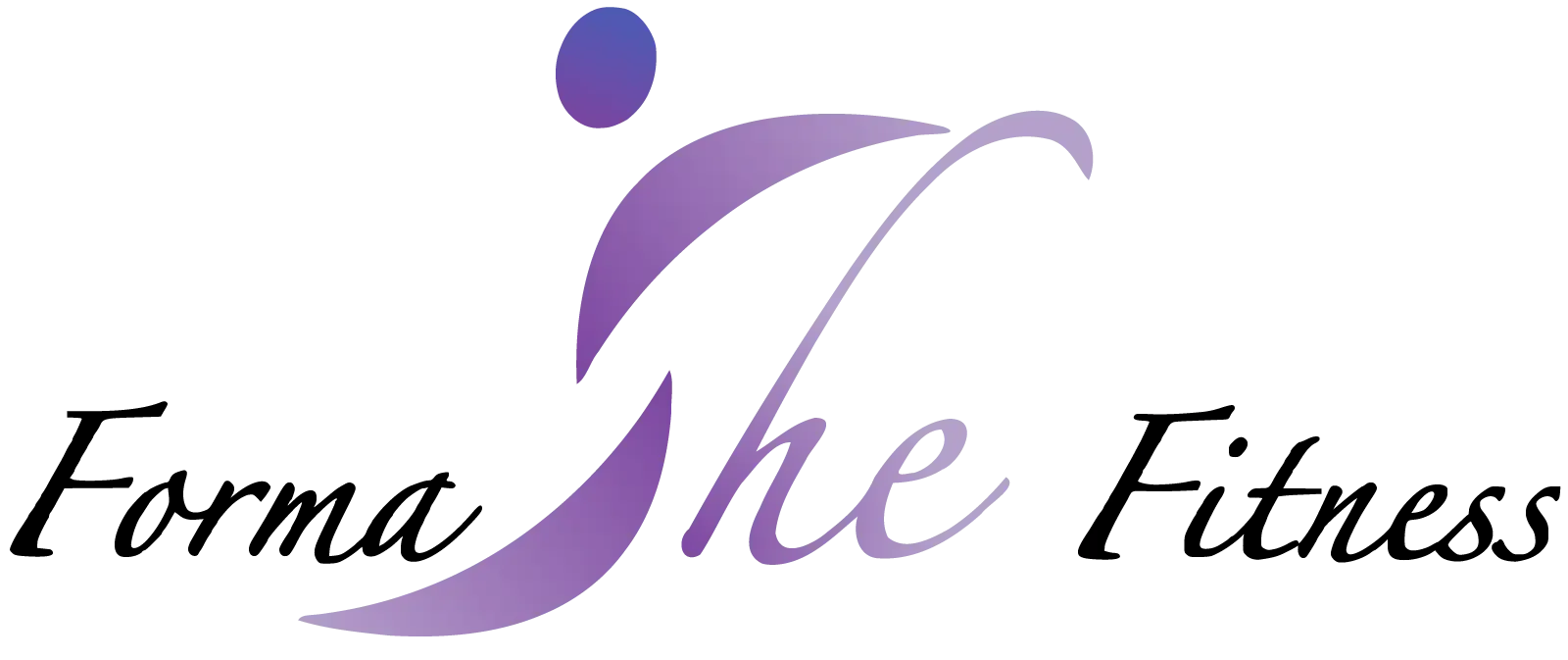
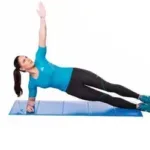

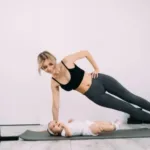
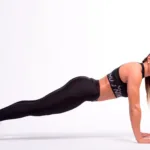


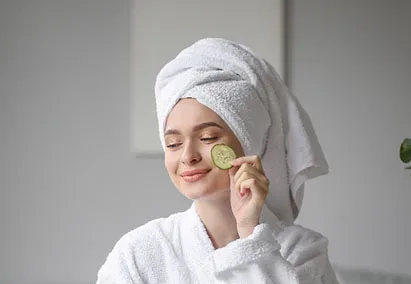
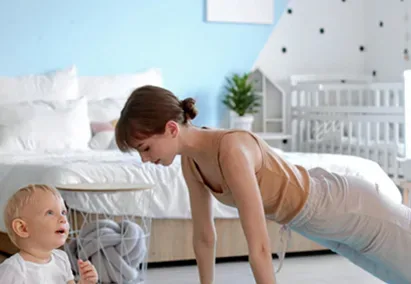
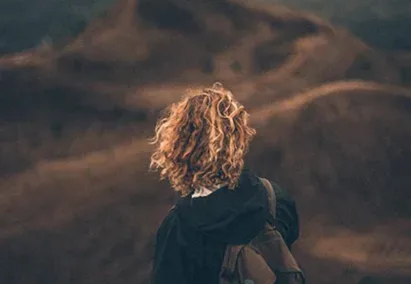


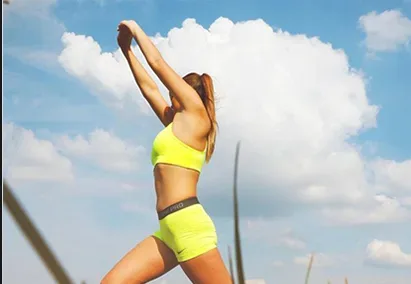

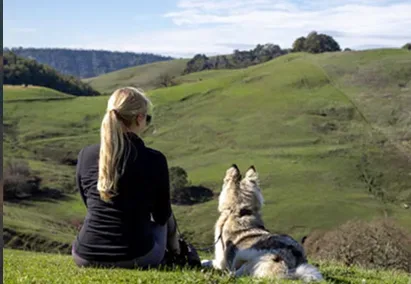

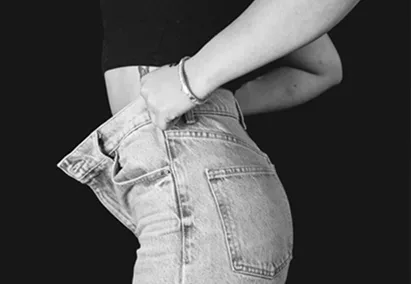




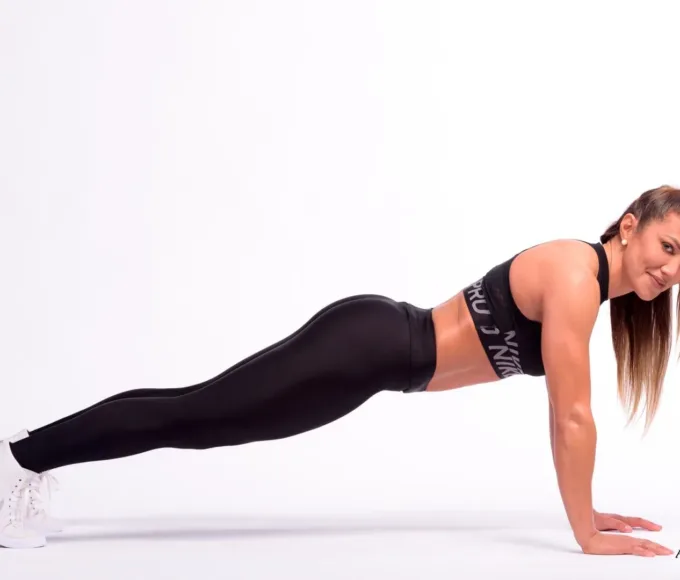
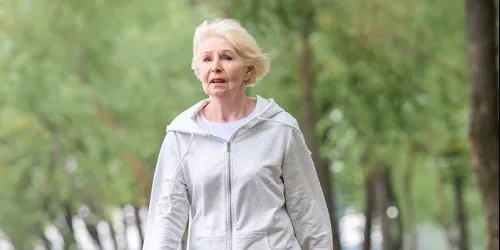

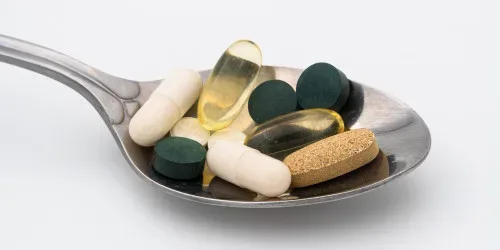
Leave a comment